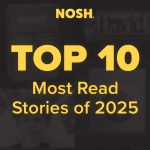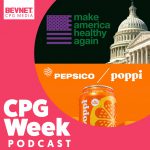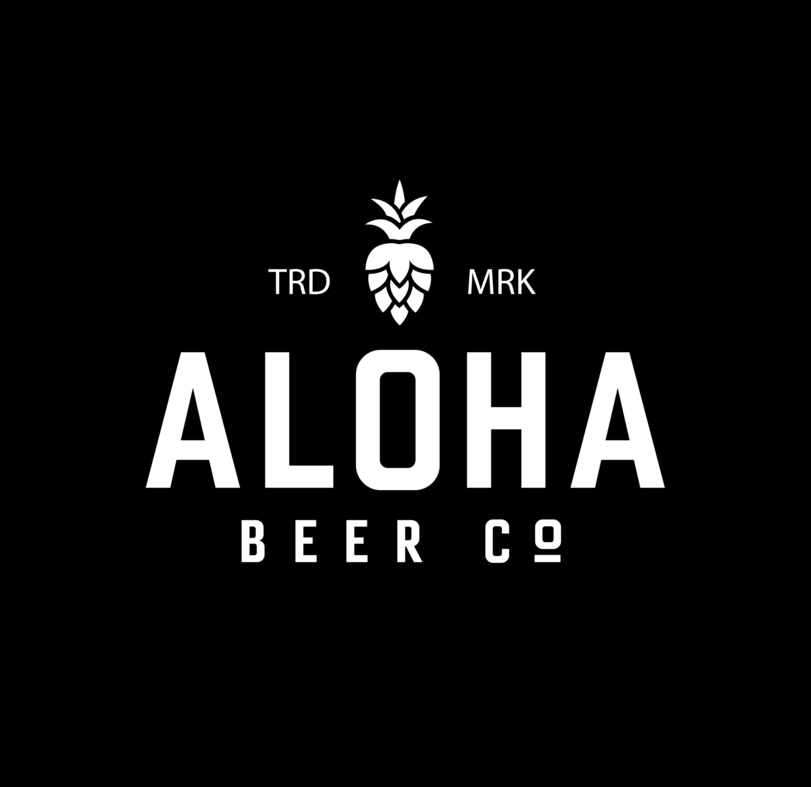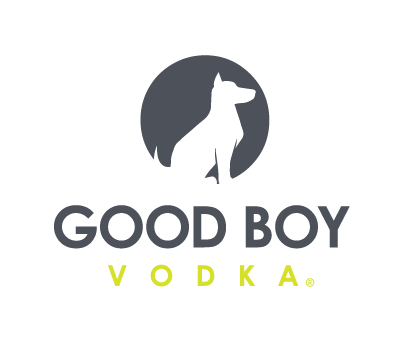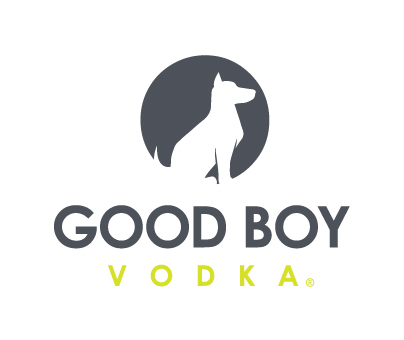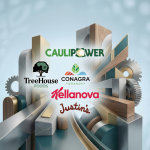Retail: Inflation Boosts Food and Beverage for Walmart & Target, But At A Cost
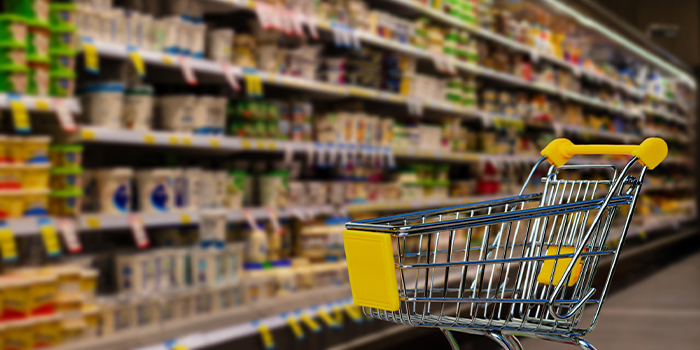
As leading mass retail chains Walmart and Target face excess inventory and margin pressures amid high inflation, food and beverage emerged as one of the strongest CPG sectors during the retailers’ Q1 earnings reports last week.
How Did Mass Retailers Perform in Q1?
Walmart grew global revenue 2.4% to $141.6 billion in its Q1 of fiscal year 2023 earnings report, with U.S. comparable sales up 3%, ecommerce up 1%, and Sam’s Club up 10.2%. Walmart International sales fell 13% to $23.8 billion, a decline of about $3.5 billion.
However, the unusual market environment had an impact on the company’s operations: consolidated operating expenses as a percent of net sales increased 45 basis points, primarily due to increased wages in Walmart U.S. stores, and consolidated operating income fell 23% to $5.3 billion.
“Bottom-line results were unexpected and reflect the unusual environment,” Walmart CEO Doug McMillon said in a statement. “U.S. inflation levels, particularly in food and fuel, created more pressure on margin mix and operating costs than we expected. We’re adjusting and will balance the needs of our customers for value with the need to deliver profit growth for our future.”
At Target, comparable sales were up 3.3% in the quarter and total revenue rose 4% to $25.2 billion. Operating income was down 43.3% to $1.3 billion, compared to $2.4 billion in 2021, driven by a decline in gross margin rates. The operating margin rate of 5.3% was “well below expectations,” according to the company, and resulted primarily from “actions to reduce excess inventory as well as higher freight and transportation costs.”
In an earnings call last week, Target EVP and chief growth officer Christina Hennington said that “frequently purchased categories” such as food and beverage, alongside beauty and essentials, were the strongest growth drivers in Q1. Food and beverage, she noted, reported low double-digit growth and “was strong across the entire assortment.” Over the past three years, she said, Q1 food and beverage sales have increased by nearly $1.8 billion, representing about one quarter of total sales growth for the company.
What’s Happening on Shelves?
Although inflation for food and beverages meant double-digit dollar sales growth across retailers, the higher costs – alongside rocketing fuel prices – have created problems for other parts of the store.
At Walmart, McMillon said on an earnings call that higher pricing for food products has led to lower sales for general merchandise as cash-crunched consumers prioritize their pantries. Food inflation is up double-digits, he said, and the impact has been a 32% spike in unsold inventory throughout the company’s stores. In turn, McMillon said the company “started being aggressive” with price rollbacks in apparel to aid the overall mix.
“We’re not happy with the profit performance for the quarter, and we’ve taken action, especially in the latter part of the quarter on cost negotiations, staffing levels, and pricing while also managing our price gaps,” he said. “While we’ve experienced high levels of inflation in our international markets over the years, U.S. inflation being this high and moving so quickly, both in food and general merchandise is unusual. We’ll control what we can control, reduce our inventory level and keep prices as low as we can, especially on opening price point food items while improving our profit performance.”
On Target’s earnings call, chairman and CEO Brian Cornell cited higher-than-expected transportation costs and “a more dramatic change in our sales mix than we anticipated” as the cause behind its excess inventory, much of which has come in “bulky categories.”
While beauty products also grew alongside food and beverage, Cornell said apparel, home and hardlines saw significant slowdown during the first quarter.
“While it’s always the last lever we pull, external conditions led us to raise prices across a broad set of items in multiple categories,” Cornell said. “But as you’ve clearly seen in recent quarters, overall costs have been rising much faster than retail prices, resulting in year-over-year declines in our gross margin rates. While we’re not happy about the near-term pressure this causes on the profit line, we strongly believe these decisions will benefit our business over time.”
However, for Target, food and beverage has provided a silver lining amid the economic destabilization. In particular, the company saw strong performance for its private label produced owned brands, Favorite Day and Good & Gather.
“We feel good about the gross margin performance in grocery,” said Target EVP and CFO Michael Fiddelke on the call. “And just food and beverage, in general, has been such a steady top-line grower, share gainer quarter after quarter. And so, the strength that we’ve built in that category, I think, makes the economics in food and beverage work in the right direction.”
What Are Analysts Making of the Situation?
A Morgan Stanley report released today called the Walmart and Target earnings reports “a sea change” for staples item sales in terms of potential pricing realization, and for the broader retailer landscape. The firm stated that “the magnitude of margin reset was high and subsequent stock price drops severe” for the retailers, which will likely drive pushback from other stores on additional rounds of CPG price increases. In Q1, average CPG pricing rose 7% year-over-year with little resistance.
As well, the focus on retailers providing value for consumers is likely to become more important as consumer spending drops “with slowing discretionary sales,” which puts more pressure on CPG products to drive traffic.
While Morgan Stanley was pessimistic about household goods manufacturers like Church & Dwight Co. and Clorox, the firm highlighted the beverage space as having the strongest growth potential among CPG categories for investors. Citing “clearly superior pricing” over other CPG sectors, lower volume demand elasticity, increased mobility post-pandemic lockdowns, and rebounding sales thanks to improving supply chain, Morgan Stanley analysts added that topline upside is expected to continue in the medium-to-long term “as cost pressures are severe enough they will require multiple years of pricing, and catch-up” against the unfavorable cost and pricing gap in 2020 and 2021.
Significantly, branded beverage sales experienced lower bleed to private label products in Q1. Private label for beverage increased its market share by 8.2% in the quarter, the report noted, while private label food increased its share by 18.4% and home care goods’ share was up 18.3%.
“We see beverage pricing power as far superior to household products and food, short-term and longer-term, which is of increasing importance with potential retailer pushback,” the report stated. “This strong pricing power [is] evident at the consumer level with much lower private label penetration and less trade-down risk, at the retailer level, with more fragmented channel mix that creates less retailer pushback, and at the company level, with a benign competitive environment.”
Beverages may also be more resistant to retailer pushback on pricing thanks to greater channel diversity, Morgan Stanley noted. Only 53% of U.S. beverage sales came from larger brick-and-mortar stores in the quarter, versus 76% of food and 94% of home care products. The more fragmented channel mix could give beverage companies more leverage when retailers begin pushing back on price hikes.
Of course, the beverage category is not immune to the impacts of inflation. Last week, NielsenIQ data showed non-alcoholic beverage volume sales decelerating in the two-week period ending May 7, declining 2.5%, while dollar sales were up 8.5% (compared to 9.9% in the four-week period and 11.1% in the 52-weeks). The results reflected average pricing up double-digits in multiple categories during the two-weeks, including CSDs (+15.2%), bottled water (+12.7%), sports drinks (+20.2%) and still flavored water (+21.2%).

